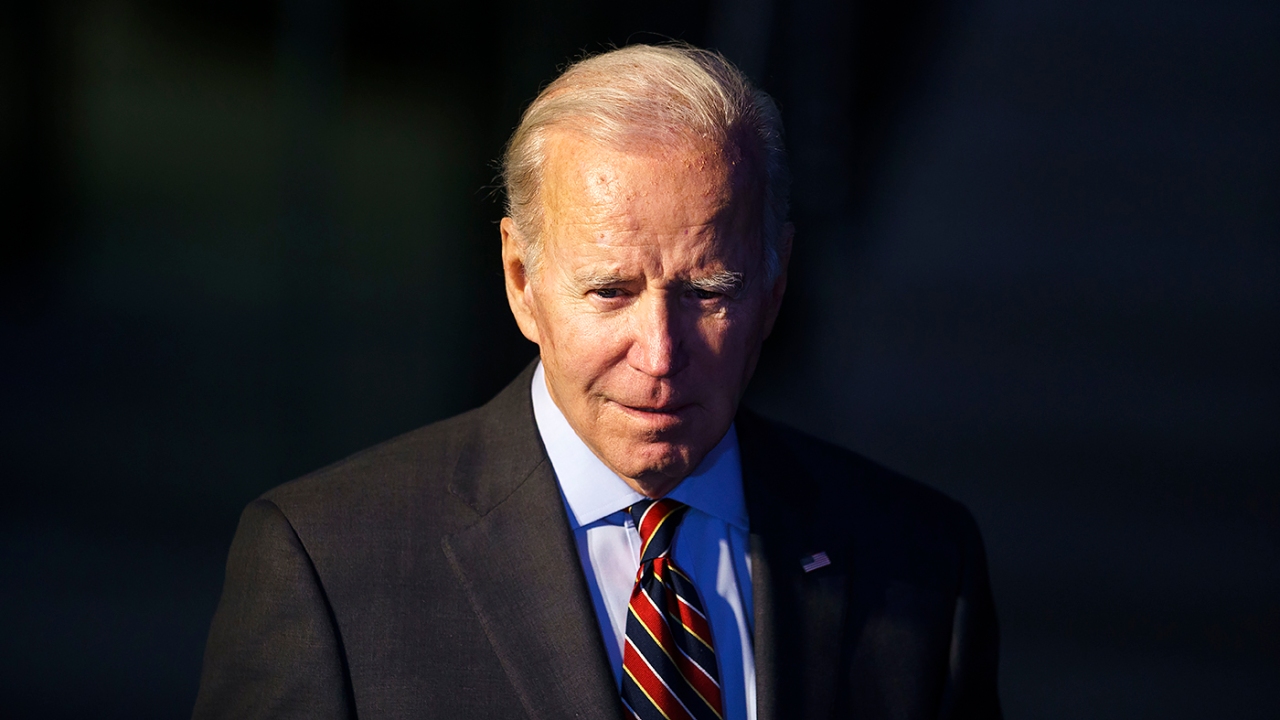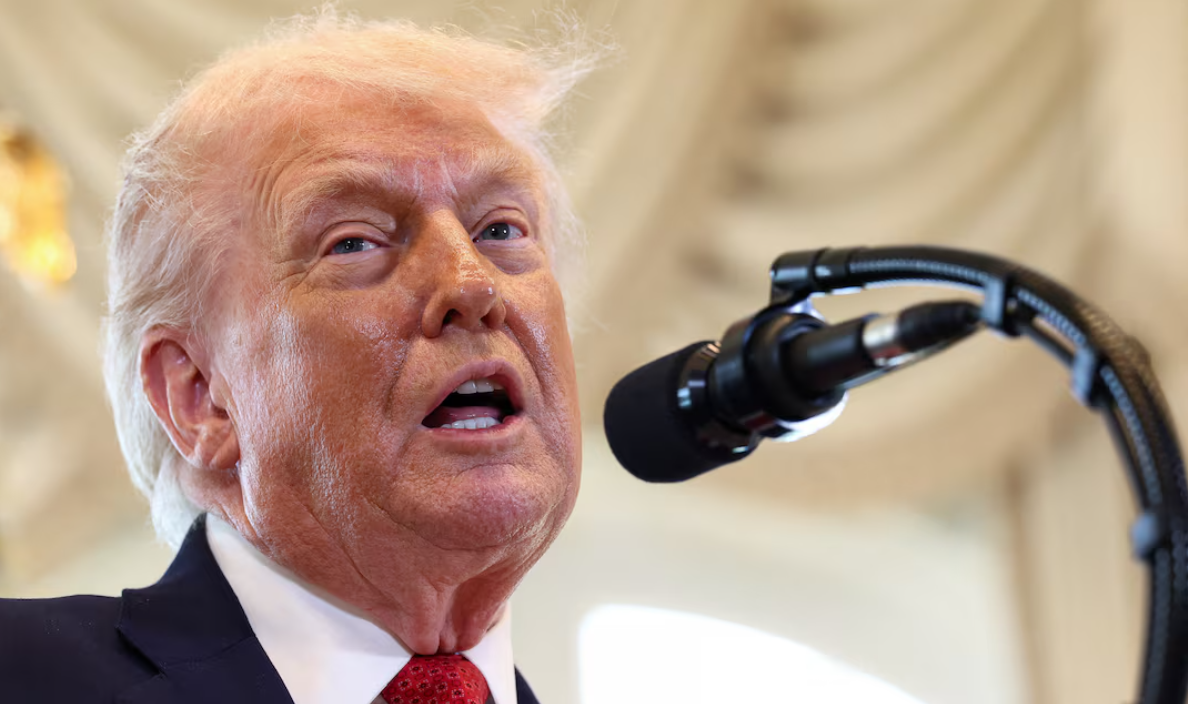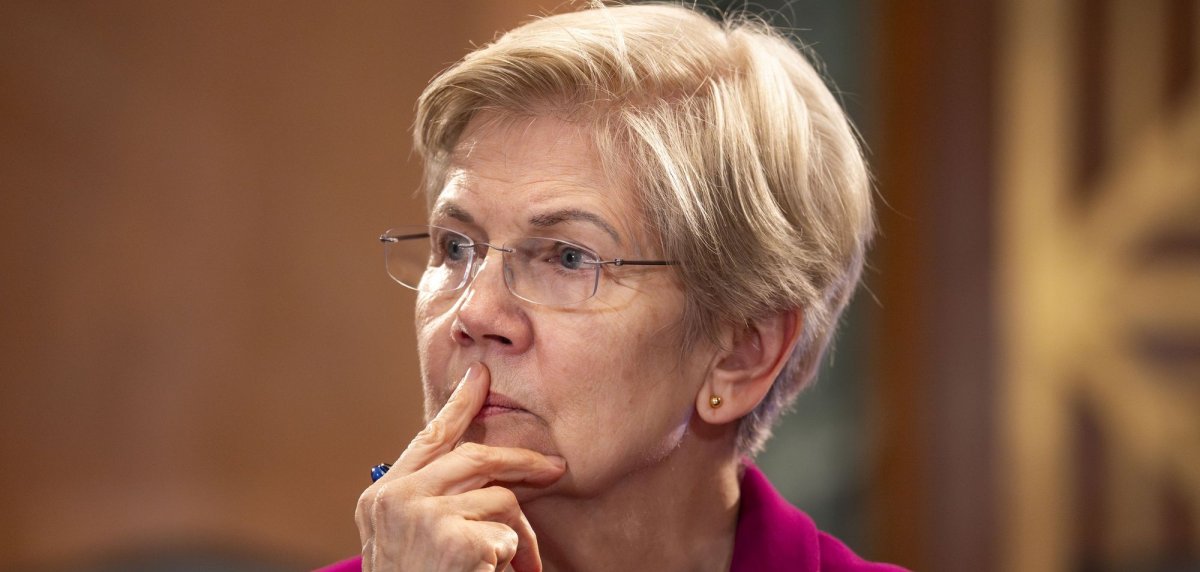The Biden administration is facing a complex set of economic conditions in 2023.
As Friday’s surprisingly strong jobs report showed, employment levels are at a 50-year high even as inflation has been falling for six months in a row.
Consistently strong employment along with solid overall growth in the economy during 2022 are also assuaging fears of a recession. Even so, a chorus of voices in the private sector that predicted a recession in 2022 still see one as inevitable in 2023.
Here’s a look at the economic obstacle course in front of the president ahead of his 2023 State of the Union address.
The full blow of Fed rate hikes
Given the strength of last week’s jobs report, there’s uncertainty now about whether the Federal Reserve will keep raising rates after its March meeting. But even if last week’s hike were to be the last, the bludgeon of higher interest rates takes time to descend upon the economy.
As the Fed noted after its latest hike Wednesday, the central bank is accounting for “the lags with which monetary policy affects economic activity and inflation.”
That means consumers and businesses may not be feeling all of the pressure from the Fed’s aggressive streak of four 75-basis-point hikes last year.
“After a solid year in 2022, we expect the consumer to feel the weight of 2023,” David Tinsley, an analyst with the Bank of America Institute, said in a January statement.
Consumer spending started declining at the end of last year, falling 0.1 percent in November and picking up steam to fall 0.2 percent in December.
Despite the downturn in spending, Biden administration officials believe a strong labor market will help propel the economy through recession fears.
“Look, you don’t have a recession when you have 500,000 jobs and the lowest unemployment rate in more than 50 years,” Treasury Secretary Janet Yellen said on ABC’s “Good Morning America” on Monday. “So what I see is a path in which inflation is declining significantly and the economy is remaining strong.”
The debt ceiling threatens a US default
The U.S. reached the federal debt limit in January, forcing the Treasury to begin “extraordinary” accounting measures to make sure the country can keep paying its bills. Congress needs to increase the federal government’s borrowing limit by summer or else the government will to default on its debt, which would have huge consequences for the international economy.
Republicans in the GOP-controlled House are saying they won’t agree to raise the limit unless Democrats agree to spending cuts, but Republicans have yet to say exactly what those cuts should be.
The administration’s position is that it won’t negotiate on the debt ceiling increase, that the cost of a default would be so damaging to the economy and U.S. credibility that it needs to be done automatically.
The stakes are likely higher for the administration, which has to choose between agreeing to an unpopular set of austerity measures involving Social Security and Medicare and overseeing the first federal default in U.S. history. For House Republicans, the choice is between maintaining a status quo on federal spending and being responsible for tanking the global economy.
Inflation is coming down, but it’s still high
Inflation has fallen for six months straight even as the labor market has remained tight, but it’s still at the highest level it’s been in decades. Since last year, prices in the consumer price index are up 6.5 percent and prices in the personal consumption expenditures price index are up 5 percent.
Those higher prices are still causing pain throughout the economy.
“We have had to change our menu prices countless times just to make sure that we don’t go out of business. We still are not charging enough for our menu items because we are afraid that we will price ourselves out of business,” Ashley Bachman, a restaurant owner, testified to the House Ways and Means Committee at a field hearing it held in West Virginia on Monday.
The Fed’s target rate for annual inflation is 2 percent, but there’s doubt among some economists that the Fed will be able to hit this benchmark without a massive recession.
While the trajectory of recent inflation is heading in an encouraging direction, it could prove resistant as it approaches its target. In that case, the Biden administration and Congress could consider additional inflation-fighting measures, including releases of petroleum from the strategic reserve.
Labor unrest is continuing
2022 was a big year for labor unrest with union organizing happening at a number of high-profile companies, including Starbucks and Amazon, as well as a wide variety of strikes and other labor actions occurring across the country.
A planned railroad strike last fall that was narrowly avoided after the Biden administration got involved in negotiations. The strike would have been the first of its kind in nearly a hundred years.
Cornell University’s Labor Action Tracker shows that increased labor activity in the U.S. could be continuing into 2023. There were 59,500 workers on strike in December, up from 57,200 the previous month.
One notable strike that could be in the making this year involves shipping company UPS that’s currently in negotiations with the Teamsters union.
“[The union] is going to pick a fight with this company, and that fight is to get the very best contract we can get for our members,” Teamsters General Secretary-Treasurer Fred Zuckerman said at a meeting in January.
Global shock factors
Pandemic-related supply shocks, the war in Ukraine and other global headwinds posed serious challenges for the U.S. economy in 2022, fueling high inflation and disrupting global trade.
These risks are still very much at play. The Russian invasion of Ukraine, which many military analysts had predicted would be completed quickly, is now coming up on its first anniversary. Supply shocks to the volatile petroleum market, which account for a major portion of headline inflation, are still a risk.
The Biden administration will also have to respond to developments in China’s COVID-19 containment policy, which loosened last year from a zero-tolerance stance and increased infection rates. A surge of economic activity in China could give the U.S. economy more fuel for exports and services, but more debilitating outbreaks could lead to supply snarls and higher inflation.
Thehill
Tags:Biden, economic hurdles




